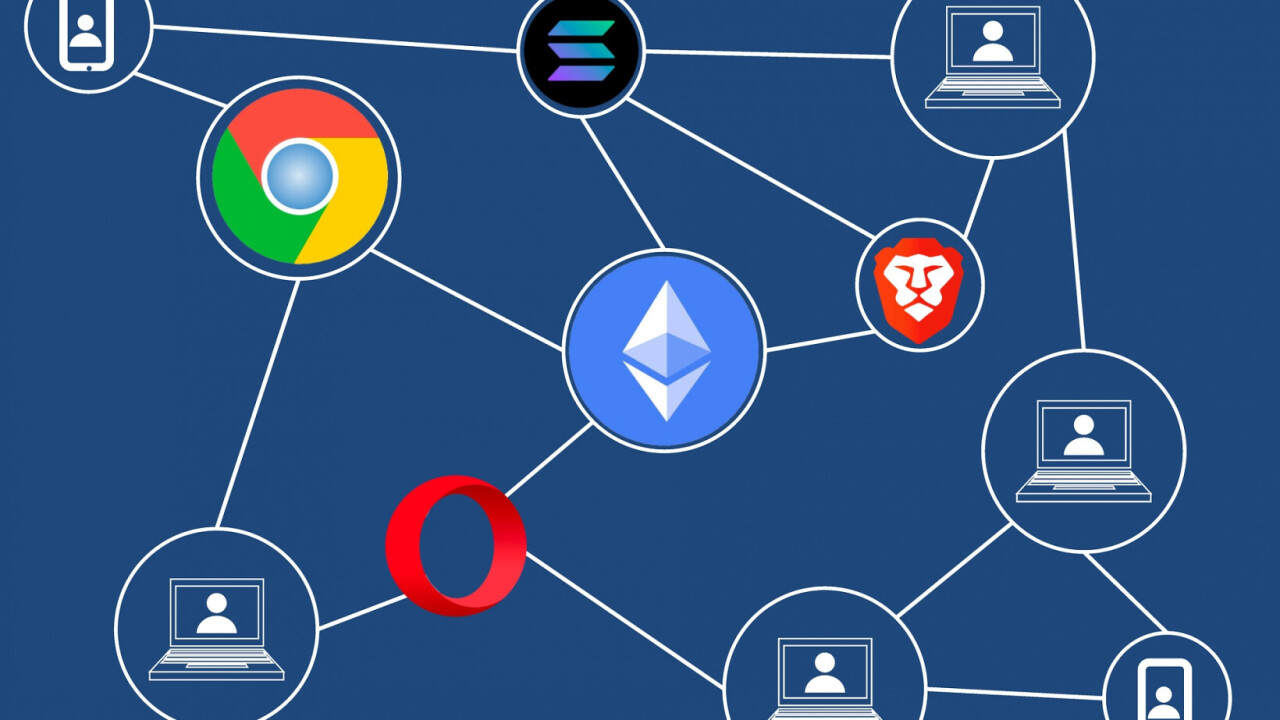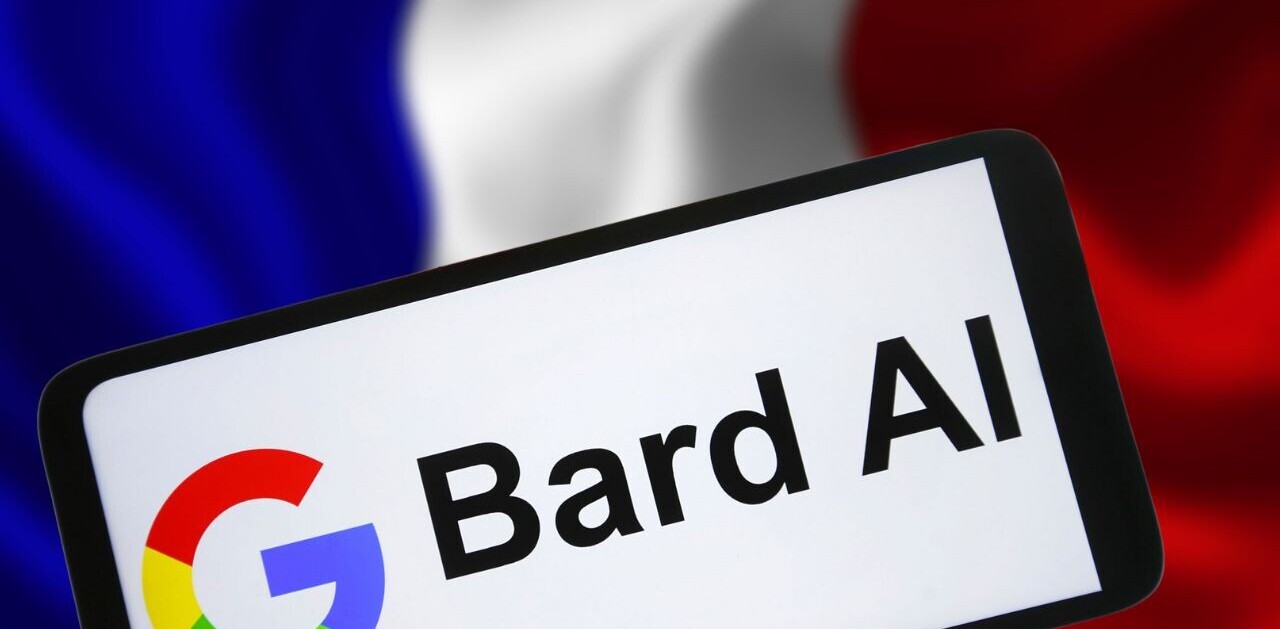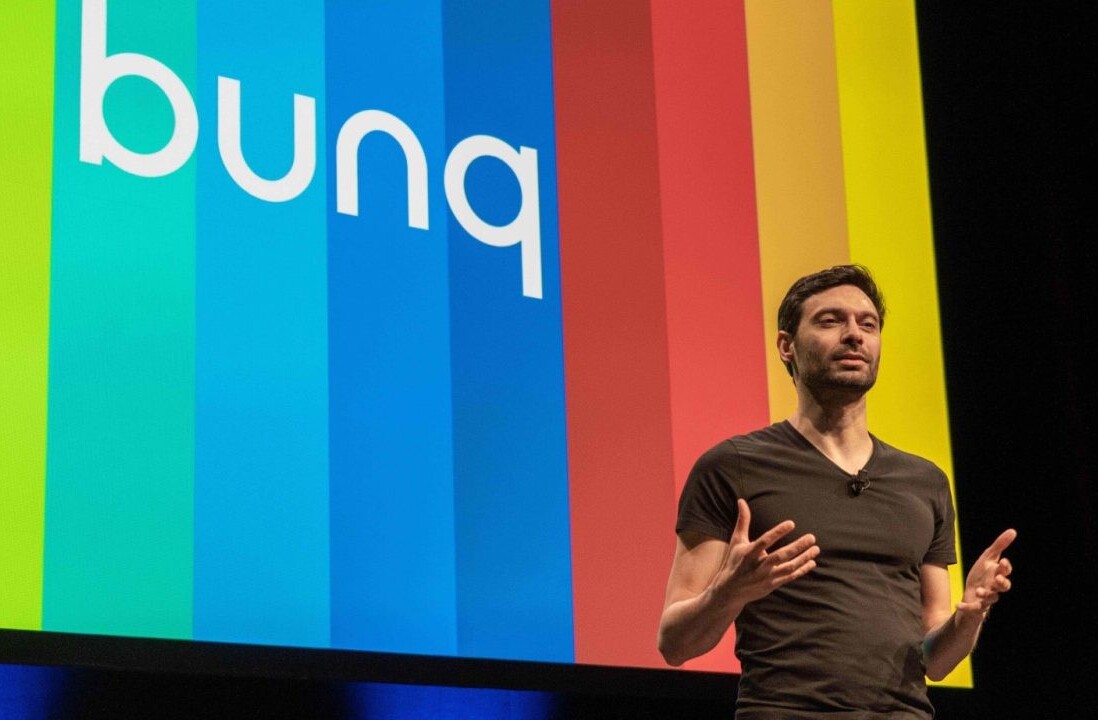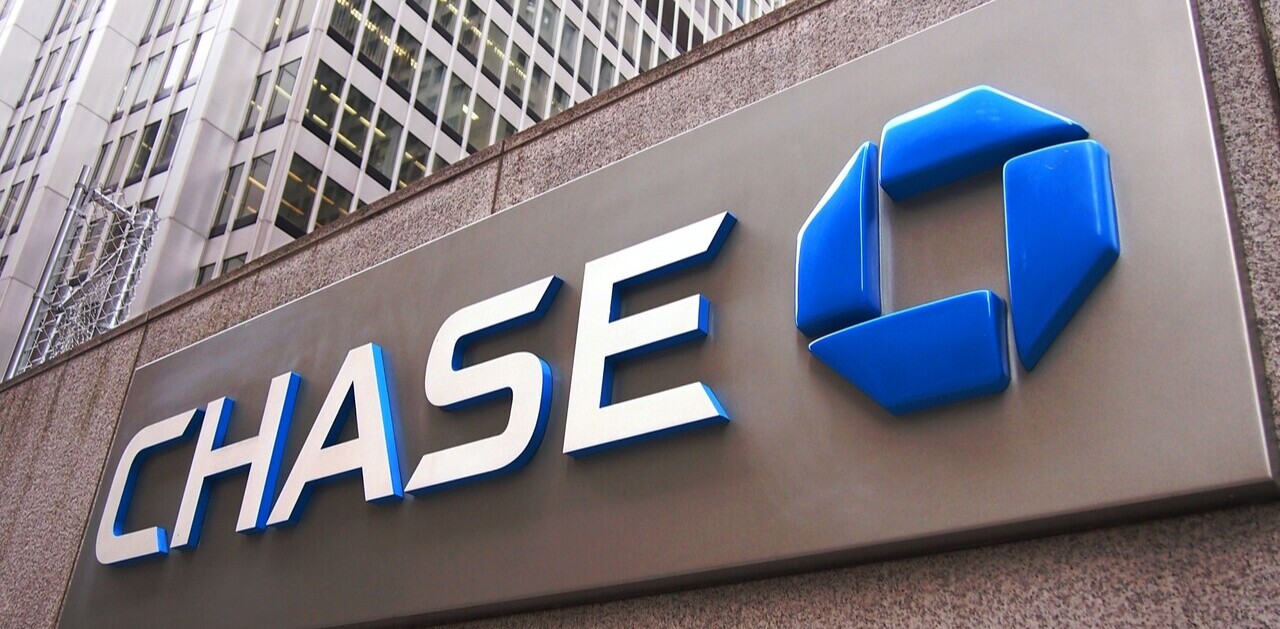It’s hard to take a few breaths on the internet without hearing about Web3 lately.
However, it’s not as accessible or ubiquitous as it might sound. Some Web3 properties and services require you to understand the moving parts involved, such as your cryptocurrency wallet, dApps (decentralized apps like the OpenSea NFT marketplace), and the blockchain they operate on.
While this may sound complex (and some of it is), large chunks of Web3 experiences are still built on open-web technologies, and you can access them through a good ol’ browser.
In today’s world (our not-quite-Web3 society), when we type out a website’s address, we rely on our browsers to handle all the complex back-end stuff and take us to our destination in cyberspace.
While we still use the same apps to access Web3, we have to do a fair bit of legwork (from having a wallet to access the right protocol) to experience the decentralized world. Ideally, all of that should be handled by those browsers, but that’s not the case just yet.
To get an insider’s perspective about integrating these technologies, we spoke to people at various companies building Web3 browsers and standards — from the challenges of creating for a new paradigm of connected technology, to what the future of browsing the web looks like.
Before we explore all that in detail, we will use some terms repeatedly in this story. You’ll want to spend a minute familiarizing yourself with them, so I’ve included brief (and possibly oversimplified) explanations for some of them here. Let’s go.
A few essential Web3 concepts
Wallet: Your cryptocurrency wallet where you store different tokens such as Bitcoin, Ethereum, and Matic.
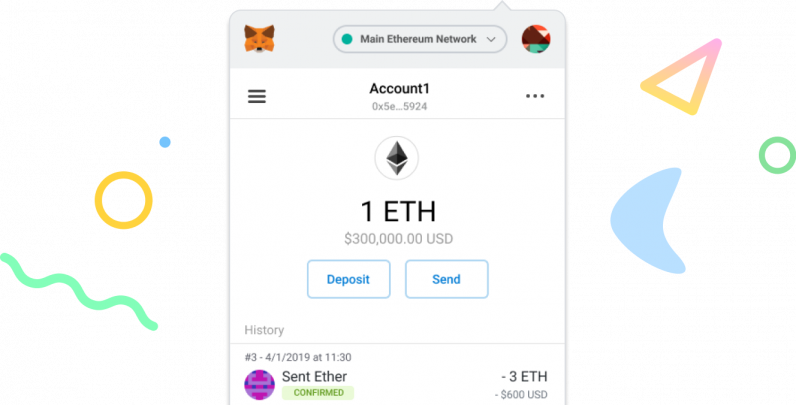
dApps: Decentralized applications running on blockchain-based protocols.
Blockchain: A decentralized protocol for Web3 projects. Think of it as a public ledger that keeps track of all transactions. There are many different blockchain technologies around, and various kinds of projects and apps can run on each of them.
Smart contracts: Snippets of programs on blockchain that execute when terms of the agreement are specified in it are met. For example, in the analog world, a document between the buyer of a house and its seller. In the Web3 world, instead of a lawyer, a program checks if all conditions of the contract are met.
IPFS: The InterPlanetary File System is a peer-to-peer storage protocol network. It works in a decentralized manner so you don’t have to worry about if a particular server is working. When you try to access a file IPFS tries to access its content directly, rather than the location of the content.
Non-custodial wallet: The service provider/browser doesn’t store keys to your wallet. You have to remember your 12-word secret phrase to restore your wallet on another device.
With custodial services like Gmail or Twitter, you can simply click on Forget Password, and generate a new one to access your account. With non-custodial wallets like MetaMask, if you forget the phrase, you lose access to your account forever.
A brief history of browsers and Web3
If you’re looking at a website on your browser, it’s the result of the software handling various functions, from resolving the site’s address, to pulling content from the server where the site is hosted.
The idea is that the browser is just a window to the internet. That means you only have to store a minimum amount of data and do minimal processing on your computer to access websites and apps.
A Web3 browser goes beyond that, wherein an ideal scenario, it’s just a hollow shell, and all the other tools necessary for your experience are pulled from a decentralized network.
Fabian Vogelsteller, the founder of blockchain infrastructure company Lukso, said in 2015, the team at the Ethereum foundation tried to build a true-blue Web3 browser named Mist. It was just a shell based on Electron.
The idea of a true dApp is that you run code on your local machine, and pull data from decentralized storage with a hash reference like IPFS. You download the source code from a trusted source and execute programs locally. And the backend of it is just made out of smart contracts.
But the problem with this approach was that it was running a full node in a blockchain, so when you started the browser, it needed to synchronize all the block data that was created while you were offline. And this slowed the process down. As an end-user, you certainly wouldn’t want to wait around for this just to access a site.

Issues like this, combined with the insecure nature of the Electron platform, pushed the team to shut down the browser project in 2019. That brings us to how existing browsers handle the decentralized web.
The current set of browsers
In their present avatars, modern browsers are able to handle Web3 applications, but you might have to do some legwork to access them.
For example, if you’re using Chrome, you’ll have to install a wallet extension like Metamask to connect to dApps, and tinker with your DNS settings to access some Web3 domains.
There are a few browsers like Opera and Brave that offer a somewhat native Web3 experience with in-built wallets and Web3-based domain name support. Plus, both of them have this experience available on mobile and desktop.
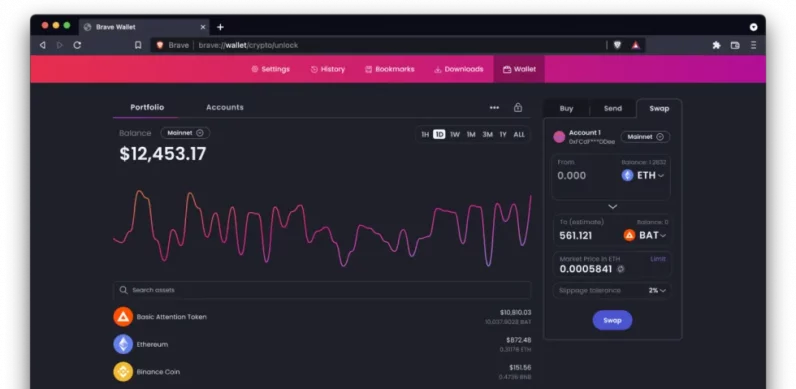
They even try to simplify the onboarding process. For instance, during the setup, Opera will ask you to create an @opera username (like singing@opera) linked with your wallet, so you can use that instead of a 42-character string to identify yourself across apps.
Earlier this year, Opera even released a crypto browser that brings a dApps directory, cryptocurrency exchanges, upcoming token airdrops, news, and educational content about the Web3 space to the forefront.
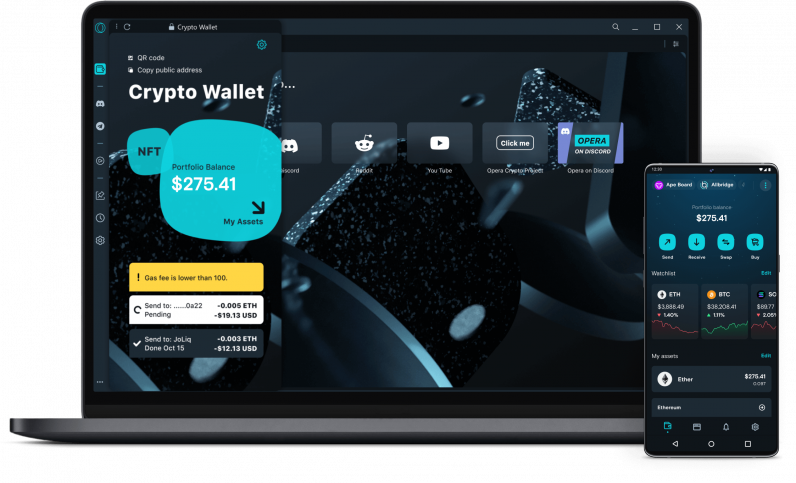
You might not want to use this version as your primary browser. But it’s a good starting point to familiarize yourself with all things decentralized.
Jørgen Arnesen, Opera’s EVP of mobile and Web3, says the company feels an obligation to make its browser a gateway to these new protocols. Arnesen explained:
We have a few key values in mind when it comes to Web3 browsing: ease of use, smooth user experience, transparency, and security.
Privacy-focused Brave browser offers a slightly different experience. It doesn’t have a dedicated crypto browser or a content hub, but it has a cryptocurrency wallet.
Brian Bondy, the company’s CTO, said that its wallet offers easy token purchases and swaps through cards, thanks to the company’s partnership with payments tech firm Wyre.
“Our wallet is available on all platforms. But the dApp support is currently restricted to desktop. We’re planning to release mobile integration by the end of this quarter,” said Bondy.
As a differentiator, Brave offers users BATs (Brave Attention Tokens), as a reward for viewing ads. With these tokens, you can potentially earn some money — although the returns are not very high — or tip websites or creators for their content.

Bondy said that currently, mainstream browsers expose users to the risk of downloading the wrong extension that may not work as intended or contain malware. Plus, these are extra processes running on your browser that hog some processing power.
On the other hand, if there’s an in-built wallet, you can go to an NFT marketplace and seamlessly buy digital art, or vote on a proposal from a crypto community on Snapshot.org.
The challenges in building for Web3
One of the biggest challenges while accessing Web3 properties is that you should know what tokens you’re using, and what blockchain protocol a particular app runs on.
For instance, if you’re using Chrome, MetaMask works for all Ethereum-based blockchains and apps. But for using Solana-supported apps, you need to use Phantom wallets.
Bondy said that Brave is trying to bridge this gap by slowly integrating more standards on the browser itself, so you don’t have to worry about what’s on the backend.
There’s an issue of security as well. In Web3’s nascent state, many bad actors use phishing to lure users to fraudulent websites, and steal their assets. Arnesen wants to build tools to prevent people from falling for these attacks. Opera already provides a centralized hub with shortcuts to these services, as a way to direct you to legit sites easily.
According to Vogelsteller, there are two big roadblocks ahead of the Web3 experience. The first is remembering that 12-word phrase, and understanding the security reasoning behind this authentication method.
The second is needing Ether to do anything, which is not cheap given the price of the cryptocurrency and factors like gas and transaction fees involved.
Browsers can solve the first problem by working with different partners, but the second problem still remains.
Vogelsteller has a solution to some of those problems in a product he’s building called Universal Profiles. The idea is to merge different parts of your Web3 identity like your wallet, your NFT creations, and collections.
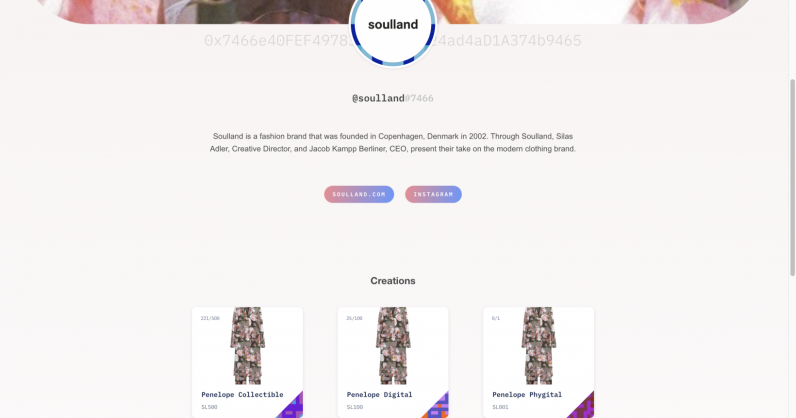
The profile will also make your assets secure by adding passwords, physical keys, mobile apps for authentication, along with your 12-word phrase.
These smart-contract-based universal profiles can also provide some checks and balances for transactions, so you don’t end up sending tokens to a wrong address.
The way ahead
Currently, accessing Web3 properties is complicated, and the average user has a steep learning curve to deal with. After all, your primary access point, a wallet, is a 42-character address.
These addresses also make it difficult for you to understand the reputation and identity of the owner. While anonymity is great in certain situations, it also makes it difficult to build trust with this kind of structure.
Then there are questions like, “What token should I use here?”, “Which blockchain does this app work on?”, and “Do they work with each other?” Imagine having to turn on 20 knobs and settings just to send a tweet. That’s kinda what Web3 can feel like right now.
Modern browsers, and standards like universal profiles, will need to work in tandem to make all of this simpler. A world where a user doesn’t have to worry about the backend protocol. Where there are more easy-to-remember usernames, and parsable messages tied to each identity. Where Web3 is just… the web.
This will require a gargantuan effort of people working together and agreeing to different protocols, and that will take a lot of time. Until then, enjoy the madness.
Did you know Fabian Vogelsteller is speaking at TNW Conference this summer? Check out the full list of speakers here.
Get the TNW newsletter
Get the most important tech news in your inbox each week.
